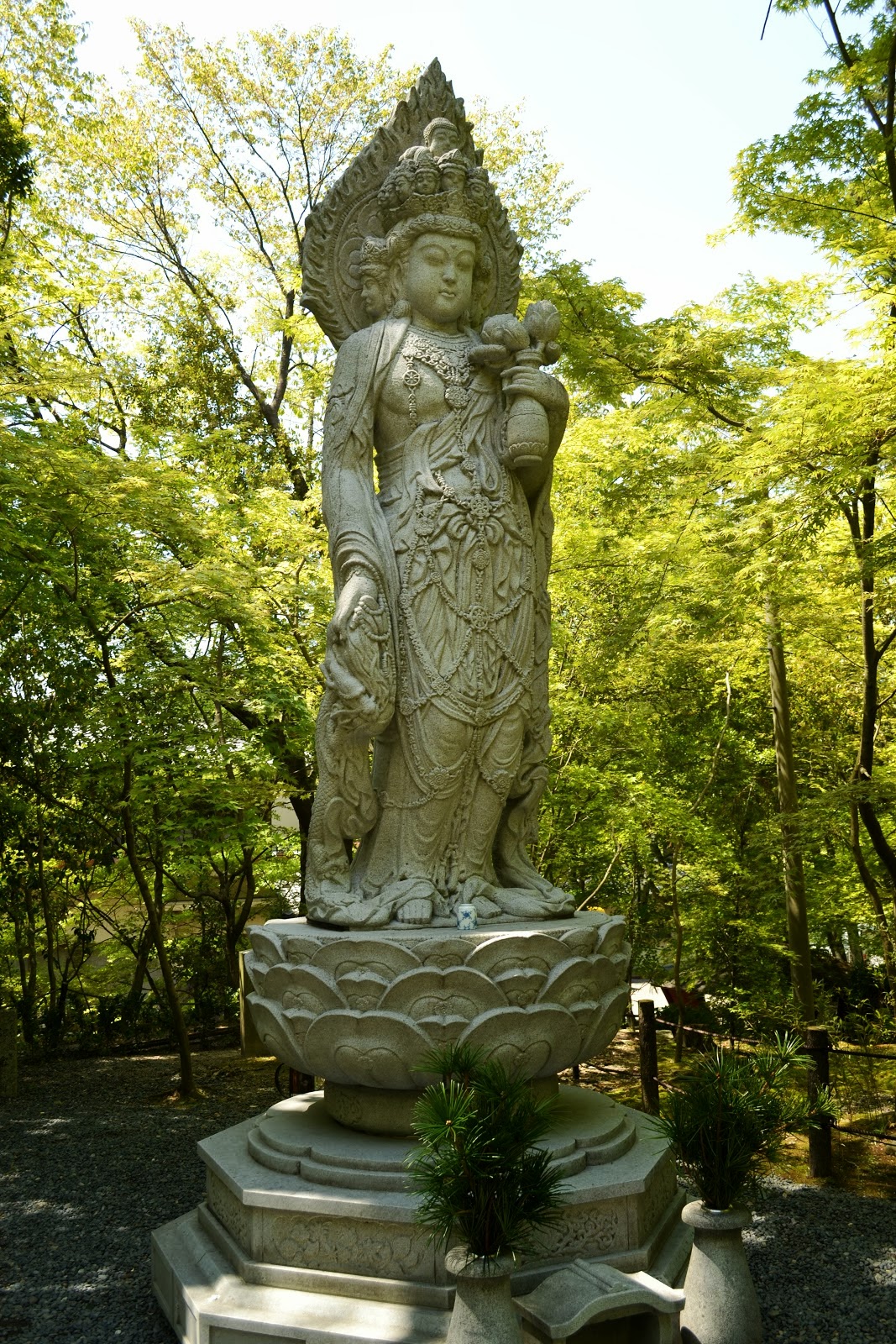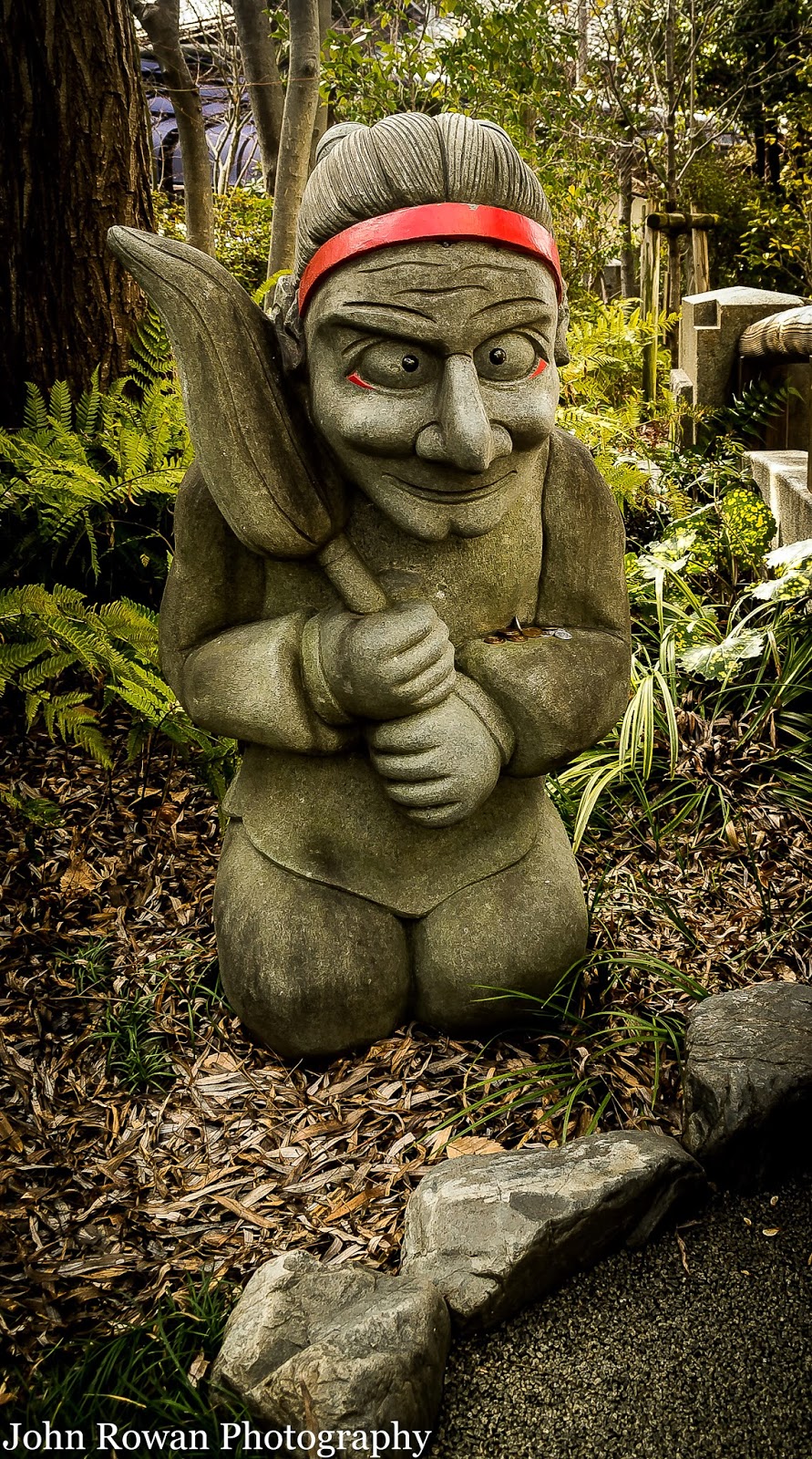 |
| Kannon, the Goddess of Mercy |
A kind gentle Japanese girl who lived on the edges of a village one day came across a Buddhist priest. The priest was lying sick on the road. The girl was very poor, but decided to help the priest. She helped the priest into her house and let him sleep on a futon. She had nothing to give him, so she went to her neighbours house and asked for a little rice. The neighbour said "yes, but when the time comes to plant the rice seedlings you must help me". "Of course, I understand" she replied. She went to the next neighbours house and asked for a little miso soup and at the next house she asked for a little medicine. Both answered "yes, but when the time comes to plant the rice seedlings you must help me". She replied "yes, of course". The same thing happened at seventeen other houses, so she had plenty to nurse the priest back to health. The priest recovered and when he left he thanked her and gave her a small statue of the Goddess Kannon.
The rice planting season came and on the same evening all twenty neighbours came and said tomorrow is the planting day. The young girl did not know what to do, she could not help everyone on the same day, but she had made a promise. So she prayed to Kannon for help. At the same moment the priest was praying to Kannon on a mountain top. Suddenly the sky went dark and Kannon appeared in the sky. To the priest she said " the young girl who helped you so much is in trouble, in the next village find nineteen girls to help her plant the neighbours seedlings. So he went door to door and all the young women agreed to help.
The next day the young girl decided that all she could do was help the nearest neighbour, so went there and worked all day. unbeknown to her the priest took the nineteen young women from the other village to all the neighbours rice fields and they worked all day. The young girl went home sadly believing she had let down so many neighbours. But one by one each neighbour came and thanked her. She did not understand what had happened, but she was very happy. Finally the next door neighbour came, not only did he thank her, but he asked her to marry him too. The young girl smiled and the Goddess of Mercy, Kannon smiled too.












